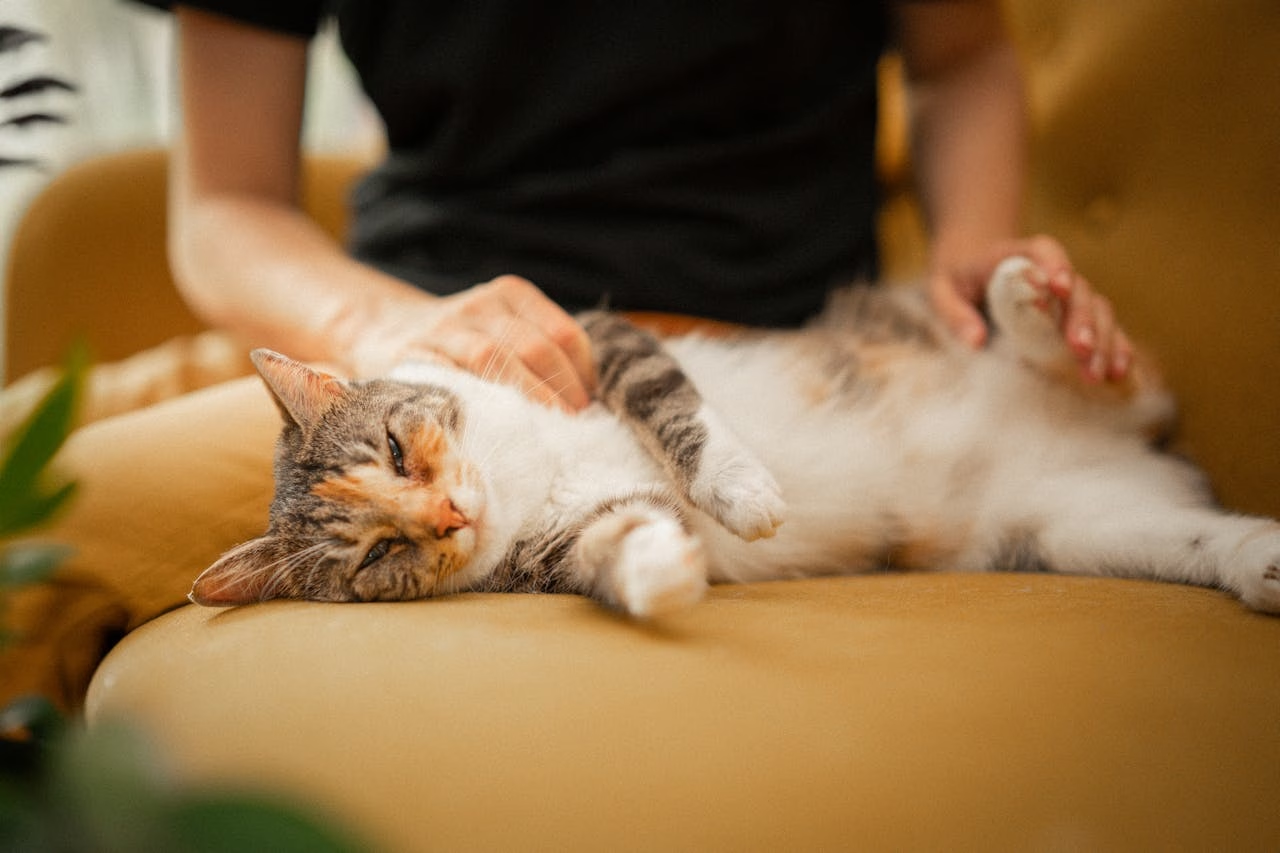Introduction
The gentle hum of a cat’s purr is one of the most comforting sounds for cat lovers. While many assume purring is a sign of happiness, cats purr for a variety of reasons. From expressing contentment to managing pain, this fascinating behavior goes far beyond what meets the ear. In this guide, we’ll uncover the science and emotions behind a cat’s purr.
1. Why Do Cats Purr?
Cats use purring as a form of communication and self-regulation. Here are some of the main reasons:
✔️ Happiness and Contentment: The most common reason cats purr is to show they’re relaxed and happy. You’ll often hear this soothing sound when they’re being petted or cuddling in a cozy spot.
✔️ Healing and Self-Soothing: Studies suggest that purring at a frequency of 25-150 Hz can promote healing by reducing pain, improving bone density, and accelerating tissue regeneration.
✔️ Stress Relief: Cats may purr to calm themselves in stressful situations, such as a visit to the vet or encountering a new environment.
✔️ Communication: Mother cats purr to communicate with their kittens, and kittens purr to signal they’re content while nursing.
✔️ Seeking Attention: Cats might purr when they’re hungry or seeking your attention, often pairing it with a gentle nudge or meow.
2. The Science of Purring
The mechanism behind purring is complex and unique to cats. Here’s how it works:
- Cats produce the purring sound by rapidly contracting and relaxing the laryngeal (voice box) muscles.
- This action occurs both during inhalation and exhalation, creating the continuous hum we recognize as a purr.
- The frequency of purring (25-150 Hz) is believed to have therapeutic effects, not just for cats but also for humans who interact with them.
3. When Purring Isn’t About Happiness
While purring often indicates a happy cat, it can also signal other emotions or needs:
✔️ Pain or Discomfort: Cats may purr when they’re injured or unwell as a way to self-soothe and promote healing.
✔️ Anxiety: In unfamiliar or stressful situations, a cat’s purr might serve as a coping mechanism.
✔️ Illness: Persistent or unusual purring could indicate an underlying health issue. If you notice this along with other symptoms, consult a veterinarian.
4. How Purring Benefits Humans
Did you know that your cat’s purr can improve your well-being? Here are some surprising benefits:
✔️ Stress Reduction: The sound of purring can have a calming effect, lowering blood pressure and reducing anxiety.
✔️ Improved Sleep: Many cat owners find the rhythmic hum of a purr helps them relax and fall asleep faster.
✔️ Therapeutic Effects: Interacting with a purring cat can release feel-good hormones like oxytocin, promoting a sense of happiness and connection.
5. How to Encourage Purring
Want to hear more of your cat’s soothing purrs? Try these tips:
- Provide Comfort: Ensure your cat has a cozy and safe environment. Soft beds and blankets can encourage relaxation.
- Offer Gentle Affection: Petting your cat’s favorite spots, such as under the chin or behind the ears, often triggers purring.
- Engage in Playtime: Interactive toys and quality bonding time can help your cat feel happy and secure.
- Maintain Their Health: A healthy cat is a happy cat. Regular vet checkups and a balanced diet contribute to overall well-being.
Affiliate Recommendations for Purring Comfort
Enhance your cat’s comfort and happiness with these products:
🛒 Soft Cat Beds: Top-rated Cat Beds on Amazon
🛒 Interactive Toys: Keep your cat active with Feather Wands and Laser Pointers.
🛒 Calming Diffusers: Reduce stress with Feliway Calming Diffusers.
Conclusion
A cat’s purr is more than just a sign of happiness—it’s a versatile tool for communication, healing, and stress relief. By understanding the reasons behind this behavior, you can strengthen your bond with your feline friend and ensure they lead a happy, healthy life.
📌 What’s the most memorable moment you’ve shared with a purring cat? Share your story in the comments below!

